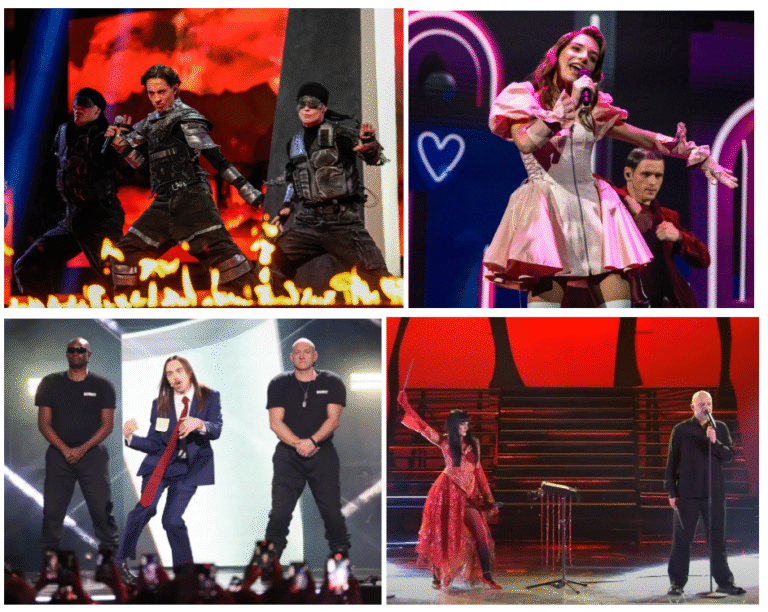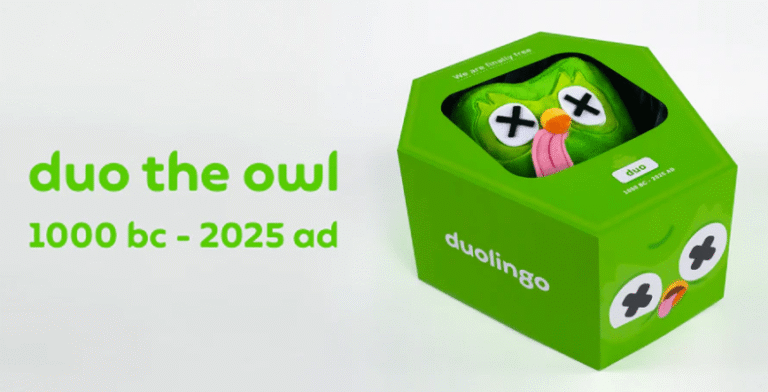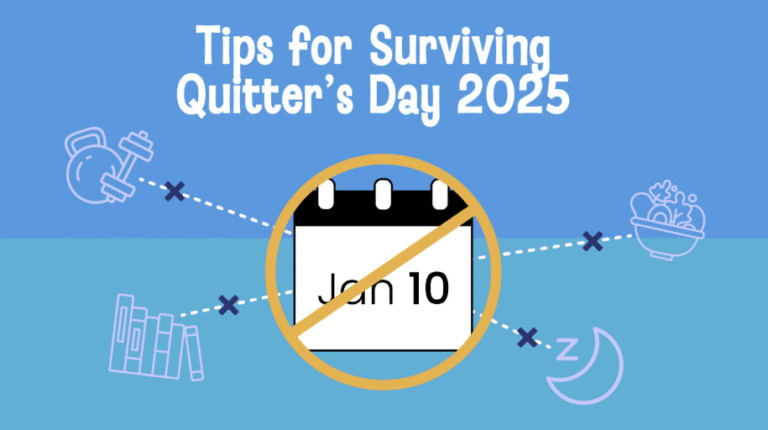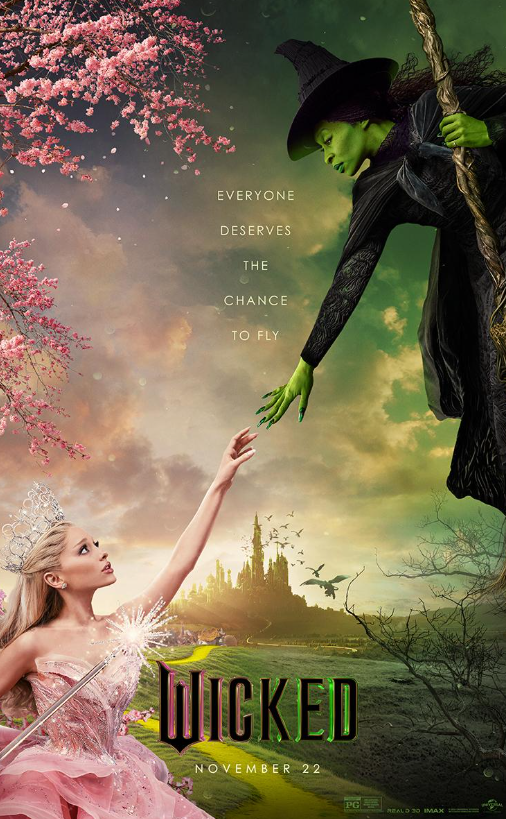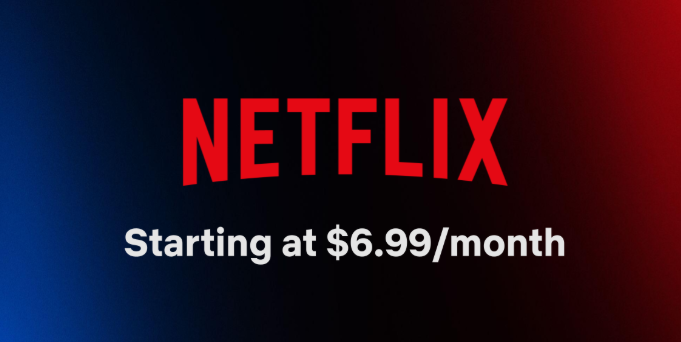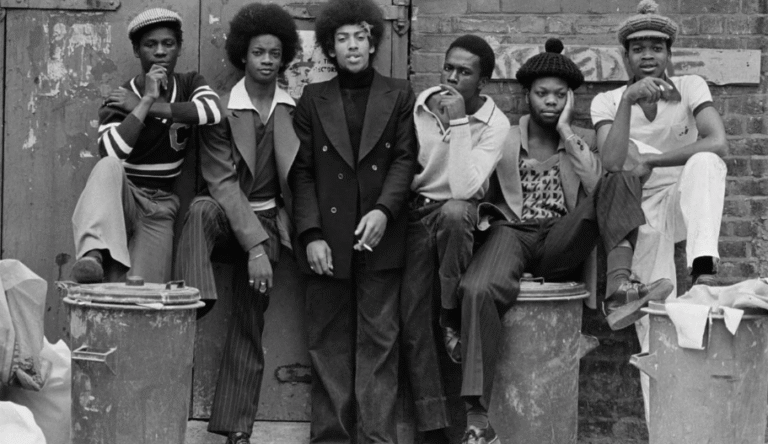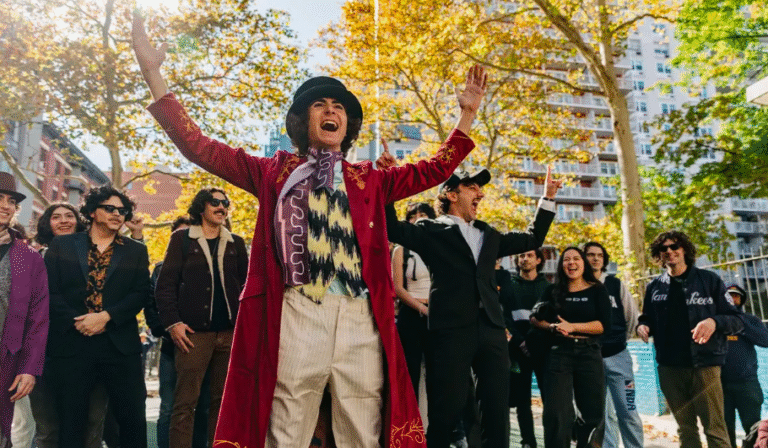By: Jessica A. Dennehy
It was the holiday break, and naturally, my festive self plopped down on the couch, ready to binge a quick miniseries on Netflix. You know the type—something short, sweet, and easy to get through. After scrolling aimlessly for a good 30 minutes, dodging the algorithm’s disastrous picks, I was surprised that I still couldn’t find anything decent. For reference, I’m not a TV connoisseur—I don’t mind a mediocre storyline as long as the cast is easy on the eyes and there are subtitles to make me look vaguely intelligent. Yet, there I was, with my cup of hot cocoa now lukewarm, still unable to settle on something to watch.
In a logical manner, I began to brood and sink into a deep stupor of non-festive contemplation, coming to a realization that television—once the golden medium for long-form storytelling—has become a victim of its own success. Shows are constantly delayed, beloved series get axed mid-arc, cliffhangers dangle indefinitely, and “successful” series just are left long past their story’s conclusion. The industry’s obsession with profit has eroded the essence of good storytelling. This is a generalization, I freely admit, as binge-worthy content still hooks viewers, but with so many shows bogged down by delays, half-baked narratives, and bloated franchises, TV isn’t what it used to be.
A great cliffhanger keeps you hooked, grasping at plot threads and counting down the days until the next season drops. It’s a tried-and-true storytelling trick, woven into shows, stories, and even sprawling movie franchises. I’m all for it—in moderation. When a show’s follow-up season gets hit with repeated delays, that initial post-finale high sours into disinterest at best. Take Netflix’s Wednesday as Exhibit A. The first season dropped on November 23rd, 2022, and became an instant cultural phenomenon, with over 1.2 billion viewing hours within its first few weeks. I fully understand that quality television takes time. Season 1 took about 8 months to produce, and with the recent WGA and SAG-AFTRA strikes, plus cast and location changes, delays are inevitable. I’m not heartless—I get it.
However, Season 2 was announced in January 2023 and then…nothing. Filming didn’t start until April 2024, and post-production means Wednesday Addams will not brood on our screens again until 2025. With the three-year gap it takes Netflix to release Wednesday Season 2, a newborn baby could learn to walk, talk, and develop a basic grasp of sarcasm. Momentum matters. In an era where new content drops every five minutes, waiting three years for a follow-up season is, to say the least, not a bucket-list item. By the time Season 2 rolls around, I’ll have to rewatch the first season just to remember who’s dating who and why everyone’s mad at that one guy (there’s always one guy, and I’m pretty sure he left the cast). Sure, I’ll be there with the rest of the world when it drops—but I won’t really be excited. That’s the problem with endless delays: the hype fades, the buzz fizzles, and the once-electric connection between audience and story flickers out. Characters get swapped out, plotlines feel stale, and the urgency that made a show feel unmissable? Gone. A cliffhanger is only as good as the resolution it promises, and if that resolution takes three years to arrive, don’t be surprised if the audience has already moved on to the next franchise on their watchlist.
Then there’s the increasingly common phenomenon of abrupt cancellations—TV’s equivalent of being ghosted. Writers, producers, and entire casts pour their hearts and souls into crafting intricate storylines and jaw-dropping finales, only for the rug to be yanked out from under us all. Take Kaos, our Exhibit B. The 2024 Netflix mythological drama had an ambitious, intricate plot and was the kind of show that didn’t just tell a story—it built an entire world. It had political intrigue, ancient gods having meltdowns, and Jeff Goldblum as Zeus. Yet despite the show’s undeniable potential and a growing fanbase, Kaos was canceled after one season. Why? Because it was too expensive.
And this isn’t a one-off heartbreak—it’s part of a pattern. Streaming platforms have seen a 26% increase in one-season cancellations over the last five years, with one in four shows getting the axe before they even have a chance to hit their stride. Part of it comes down to money: before streaming took over, TV shows earned their keep through viewership—more hours meant more ad revenue. However Netflix, along with many other modern streaming platforms, doesn’t work that way anymore. One account equals one unit of income, whether you watch 10 minutes of Is It Cake? or binge all of The Crown in a weekend. Netflix could have the most-watched show on the planet, and it wouldn’t necessarily mean more money in their pockets. Add in COVID, industry strikes, and general production slowdowns, and you’ve got a perfect storm of cancellations. But Netflix’s unique release strategy of dropping entire seasons all at once means a new show has about four weeks to prove it was worth the investment before the algorithm shoves it into obscurity. And let’s be real—when a show like Kaos gets cut short despite Jeff Goldblum quite literally sitting on Olympus, it doesn’t just disappoint fans. It creates a cycle of distrust. Why invest in a new show if it might vanish before the story finishes? Why let yourself get attached to characters who might be snapped out of existence mid-arc? The pattern—greenlighting grand, ambitious shows, only to bail on them before they can deliver on their promise— leaves audiences resultantly feeling burned, creators feeling stifled, and long-form storytelling beginning to feel more like a gamble than an art form.
On the flip side, shows that do survive past a few seasons often stumble into another classic TV pitfall: overstaying their welcome. Take Riverdale, for example—a series that began in 2017 with a compelling small-town mystery drenched in teenage drama. But as the seasons dragged on, so did the plotlines. Cults? Superpowers? Musical episodes every third Tuesday? By 2023, both the cast and Netflix audiences were collectively begging someone—anyone—to just wrap it up already. What started as a tight, moody teen noir devolved into a hallucinatory fever dream… and Riverdale is far from alone. The average critical rating for shows drops by 30% after the fourth season. For every Breaking Bad or Better Call Saul that sticks the landing, there’s a Scream Queens, Glee, or The Walking Dead that is shambling along long past its expiration date. 75% of shows that cross the five-season mark experience a double-digit drop in audience engagement, and 60% of long-running series report lower viewership with each subsequent season after the fourth. Yet, studios keep them alive like some sort of undead cash cow because spin-offs and reboots mean more content and more chances to monetize.
Even when a show survives its debutant first season, its original storytelling has a tendency to overstay its natural lifespan. Some narratives are meant to be tight, finite, and satisfying. Sure, these extensions allow audiences to hold on a little longer to their favorite characters while studios get to keep the money printer whirring in the back, but these bloated franchises rarely keep audiences genuinely invested. At a certain point, watching a once-beloved show hobbling past its prime feels less like entertainment and more like… well, watching Riverdale Season 7.
At the end of the day, the decline of binge-worthy, narratively satisfying TV isn’t due to lazy writers or distracted audiences—it’s because profits have taken precedence over storytelling. Delays, sudden cancellations, and endless spin-offs are the result when creative vision is sacrificed for the sake of quarterly earnings. TV still has the potential to move us—but that can only happen if studios stop treating shows as disposable content and start prioritizing genuine storytelling once again. Otherwise, the golden age of television will fade into nothing more than a distant memory, remembered only by those who recall when a season finale truly meant something.


